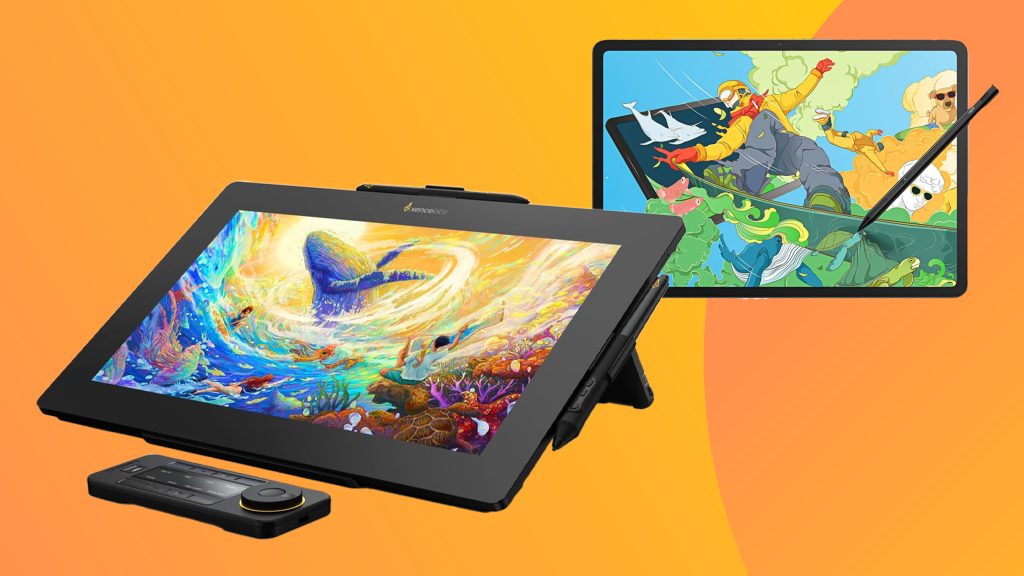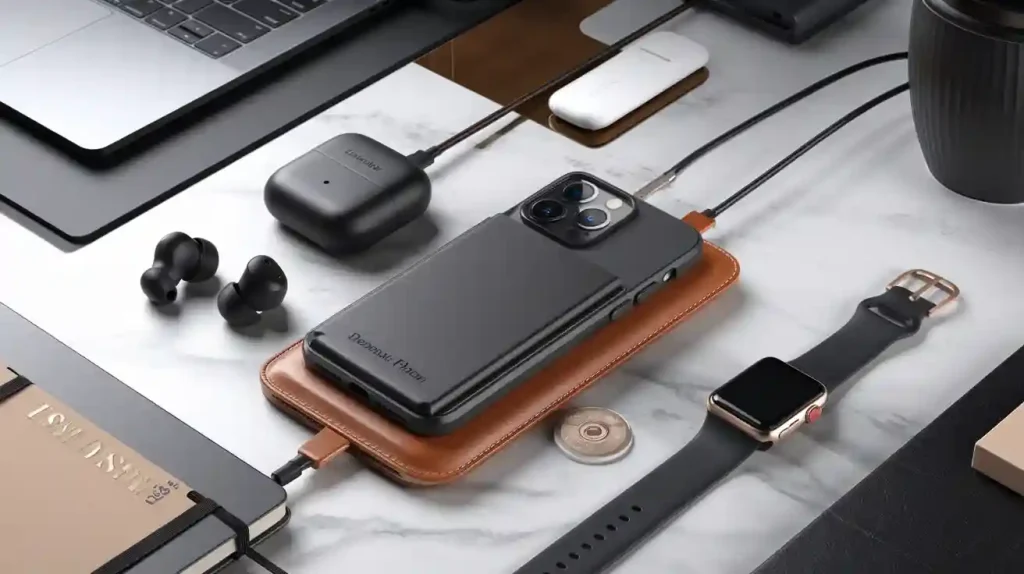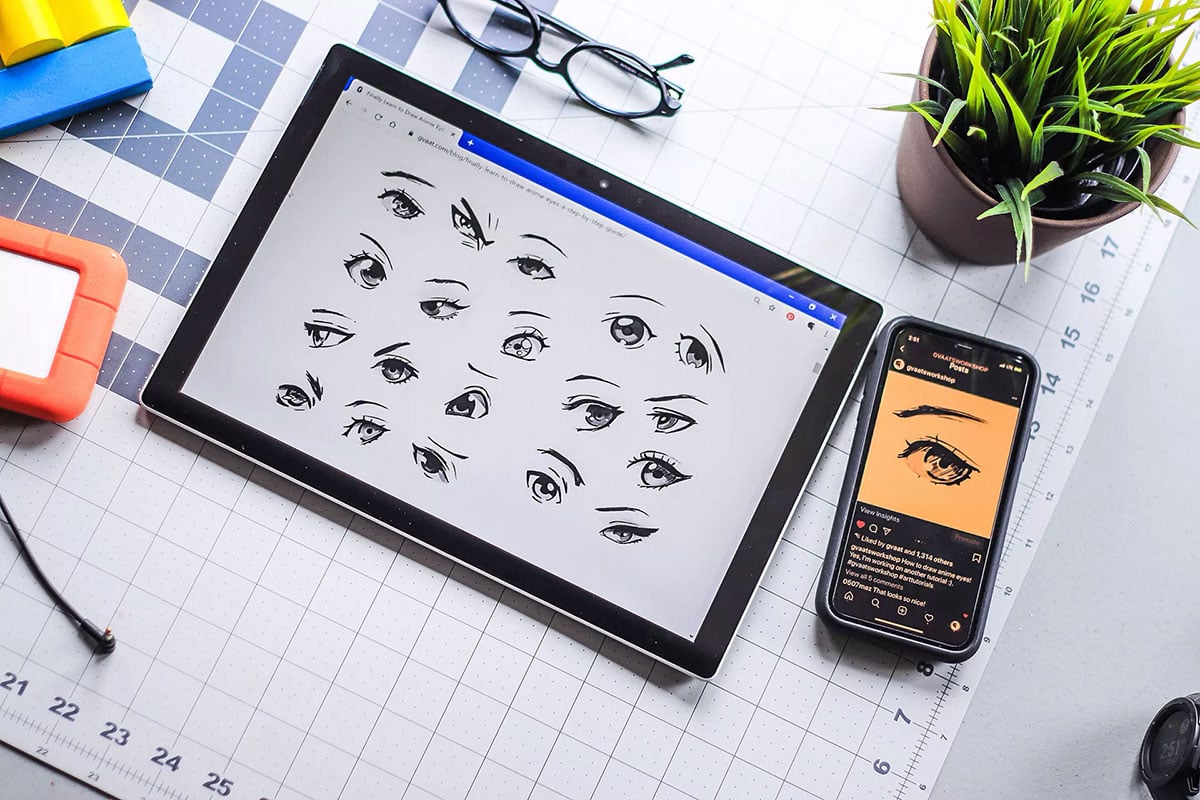Digital art has opened up a world of creative possibilities for artists of all levels. Whether you want to illustrate comics, design characters, paint landscapes, or simply explore your artistic side, the right tools can make your journey smoother and more enjoyable. If you’re a beginner, choosing from the countless apps, tablets, and software can feel overwhelming. To help you out, here’s a clear and practical guide to the best digital art tools for beginners.
1. Drawing Tablets: Your Digital Canvas

While you can create digital art with a mouse or touchscreen, a drawing tablet offers a much more natural and precise experience. Here are a few beginner-friendly options:
- Wacom Intuos
A favorite among beginners, Wacom Intuos is affordable, responsive, and easy to set up. It doesn’t have a screen, so you draw on the tablet while looking at your computer screen—this may take a bit of practice, but it’s great for developing hand-eye coordination. - XP-Pen Deco Series
XP-Pen tablets are budget-friendly alternatives that offer excellent pen sensitivity and smooth performance. They’re compatible with most digital art software and work well for both PC and Mac users. - Huion Inspiroy Series
Huion tablets have gained popularity for their quality at reasonable prices. Many come with programmable buttons that make your workflow faster and more efficient.
If you prefer drawing directly on a screen, you can explore display tablets like the Huion Kamvas or Wacom Cintiq, but they tend to be more expensive. For absolute beginners, starting with a non-display tablet is a smart and economical choice.
2. Software: Where Your Imagination Comes to Life
Once you have a tablet, the next step is choosing the right digital art software. There are plenty of options, ranging from free programs to professional-grade tools.
Free Software Options:
- Krita
Krita is a powerful, open-source painting program ideal for beginners. It offers customizable brushes, layers, and animation tools. Its interface is beginner-friendly yet versatile enough to grow with your skills. - MediBang Paint
Perfect for comic artists and illustrators, MediBang Paint is lightweight and comes with cloud storage, allowing you to work from multiple devices. It’s free and works on Windows, Mac, Android, and iOS. - FireAlpaca
Known for its simplicity, FireAlpaca is great if you want a no-frills drawing program to start practicing digital sketches and illustrations.
Paid Software Options:
- Procreate (iPad)
Procreate is a top choice for iPad users. It’s affordable, intuitive, and offers a vast range of brushes and features. Many professional artists rely on it for their daily work. - Adobe Photoshop
Photoshop is the industry standard for digital painting, illustration, and photo editing. Although it requires a subscription, it’s incredibly powerful. Beginners might find it a bit complex at first, but its versatility makes it worth learning. - Clip Studio Paint
A favorite among comic and manga artists, Clip Studio Paint offers specialized tools for inking, panel creation, and coloring. It’s available for a one-time purchase or a monthly plan.
3. Essential Accessories to Enhance Your Experience

In addition to a tablet and software, a few extra accessories can make your digital art journey more comfortable:
- Stylus Pen – Most tablets come with one, but make sure it has pressure sensitivity for more natural strokes.
- Glove – A drawing glove reduces friction between your hand and tablet, preventing accidental marks and making your strokes smoother.
- Screen Protector – If you’re using an iPad or display tablet, a matte screen protector can mimic the feel of paper and improve control.
4. Online Resources and Tutorials
Learning digital art doesn’t have to be intimidating. There are thousands of free resources to help beginners get started:
- YouTube Tutorials – Many professional artists share step-by-step guides on sketching, shading, coloring, and using specific tools.
- Skillshare & Udemy – These platforms offer structured courses for beginners who want more in-depth guidance.
- Official Documentation – Most software (like Krita and Clip Studio Paint) provide beginner guides and forums where you can ask questions.
Practice regularly and don’t be afraid to experiment. Digital art gives you unlimited “undo” opportunities, so mistakes become part of the learning process rather than setbacks.
5. Tips for Beginners
- Start Simple – Don’t get caught up in having every tool right away. A basic tablet and free software are enough to begin.
- Practice Daily – Even short sketching sessions help build muscle memory and confidence.
- Explore Brushes – Digital brushes mimic real tools like pencils, markers, and watercolors. Experiment to find your favorites.
- Save Versions – Save multiple versions of your work as you progress. It’s helpful for learning and avoiding accidental loss.
- Join Communities – Online art communities on Reddit, Discord, or Facebook can provide feedback, support, and inspiration.
Final Thoughts
Starting your digital art journey doesn’t require expensive gadgets or years of experience. With a basic drawing tablet, beginner-friendly software, and a willingness to practice, you can unlock a world of creativity right at your fingertips. Take your time exploring, learn at your own pace, and most importantly—enjoy the process of creating digital art.

